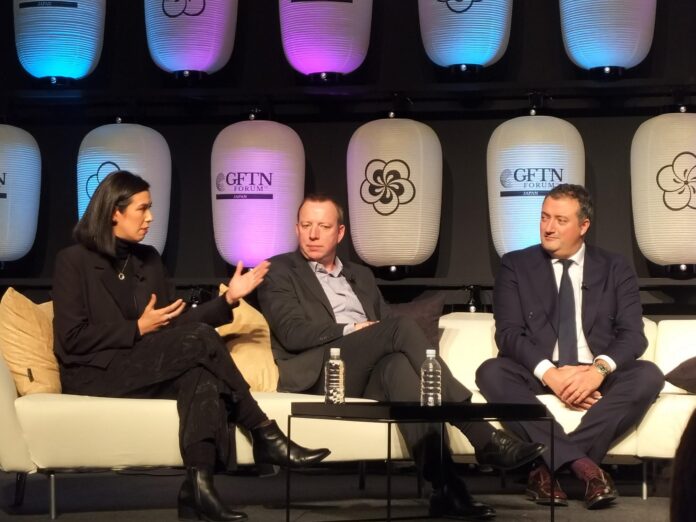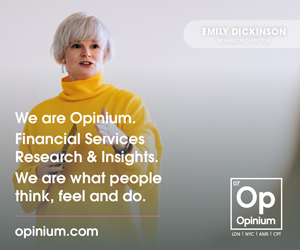The digital assets lead at one of the world’s largest custodians and market infrastructure providers has called for a rebalancing of expectations around the transformation of financial services.
Jørgen Ouaknine, global head of innovation and digital assets at Euroclear, told delegates at the GFTN Forum Japan in Tokyo on March 4 that the work the broad industry had done on digital assets and tokenisation had brought a lot of knowledge, capacity and skill.
“That’s something we actually need,” he said. Yet, he added that market consensus seemed to believe that the experiments and learnings on the institutional side had led to little success, “because nothing is scaling at the level it could”.
Ouaknine said that the progress and innovation made in the cryptocurrency and other retail- or B2C-led business lines had overshadowed development in the far larger institutional capital markets.
“You can take the most crazy initiative, the most successful initiative, that’s just a portion of the things we do,” he said. “I like to put things in perspective.”
He noted that the total crypto market was around $3trn, with around 60% concentrated in Bitcoin. He compared this to the size of the business moving of raising and trading in the global capital markets, which reached $117trn in 2023, according to the OECD.
“But the industry has been pushed to try to say we need to be able to interact with this [crypto] ecosystem, which is great,” said Ouaknine. “But, what if we try to be industry-driven and business-driven [and say it’s] because of the size that we have and because of the impact our business has?”
Ouaknine said if the institutional part of capital markets committed to putting its business on chain, “it’s the rest of the ecosystem that should say, ‘oh, how do we interact and interconnect with them?’”
However, Fiona Murray, managing director, APAC at Ripple, noted the pace its part of the market was developing and growing as a result.
“It’s worth acknowledging, you mentioned that we’re only a drop in the ocean, and that’s an exciting place to be because we have come so, so, so far to be a very, very large drop in what is a shrinking ocean,” she said.
“When I look at the growth and the trajectory that we’re on, blockchain and crypto are coming to this moment where we’re really reflecting a lot of the early days of the adoption of the internet.”
Murray explained the reference as the focus on interoperability, the data transmission to enable everyone from anywhere to participate.
“That’s the moment that we’re at where crypto and blockchain can start to be built into financial market infrastructure, whether that’s capital markets or retail or on the payment side. There are two really key pieces for that institutional adoption, which is game changing.”
She cited the first of these key pieces as trust – noting that Ripple works with some of the largest banks, including DBS, SocGen and Zodia, on keeping digital assets safe.
“The second piece is rails,” which she explained as the “ability to participate in a commercial world is only as good as your ability to pay”.
Julien Sawyer, at CEO at Zodia Custody, noted the push towards tokenisation coming from two different directions.
“You’ve got a bunch of fintechs, innovative companies who are trying to create something new and exciting and we love that,” said Sawyer, “but you also have the scale where the big players are working out how to interoperate between themselves”.
He said there appeared to be two different types of conversations going on in tokenisation “and they need to match”.
“We need to take the innovation from the fintechs, from the scale up, from the real true innovators plus also the size and scale and that’s not happened before in financial services where it’s happened from both directions,” Sawyer said.
The GFTN Forum Japan runs March 3-7 in Tokyo.



